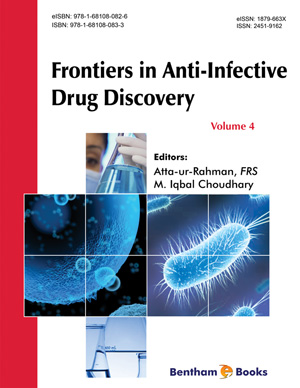Abstract
Phenothiazines and derivative compounds are tricyclic drugs used in psychiatric treatments as antidepressants, anxiolytics and antipsychotics. Among their different biological activities they have potent antifungal, antibacterial and antiplasmid activity. Currently, there are numerous phenothiazines derivatives; they all share a common chemical structure: they present three rings, two of them being benzene joined by a sulfur atom and a nitrogen atom. A slight variation in the substitution pattern of these drugs can cause clear differences in their pharmacological activities. One of the most important properties they have is their liability to oxidation by many oxidizing agents.
We have studied the effect of some phenothiazines and derivative compounds upon Trypanosoma cruzi, the etiological agent of Chagas disease. The drugs currently used for the treatment of this disease have high toxicity and parasites often cause resistance. Phenothiazines have been proved to inhibit trypanothione reductase, an enzyme present in these tripanosomatides that is essential for their redox defense system and that has been widely identified as a drug target. These tricyclic drugs also had other trypanocidal effects upon T. cruzi in culture: anticalmodulin action, mitochondrial disruption and cell membrane disorganization. These drugs were also effective for the treatment of mice infected with different T. cruzi strains, since they modified the natural evolution of the infection; noteworthy is the fact that cardiac function and survival of treated animals were not different from non-infected controls. Phenothiazines and derivative compounds should therefore be considered as promising trypanocidal agents for the treatment of Chagas disease.
Keywords: Antidepressants, benznidazole, cell membrane disruption, clomipramine, Chagas disease, Chagas disease treatment, mitochondrial disruption, phenothiazines and derivative compounds, thioridazine, trypanocidal effects, tricyclic drugs, trypanothione reductase inhibition.






















